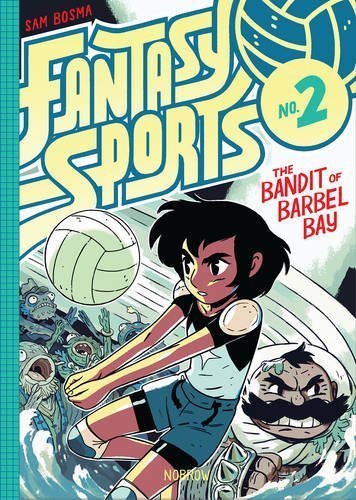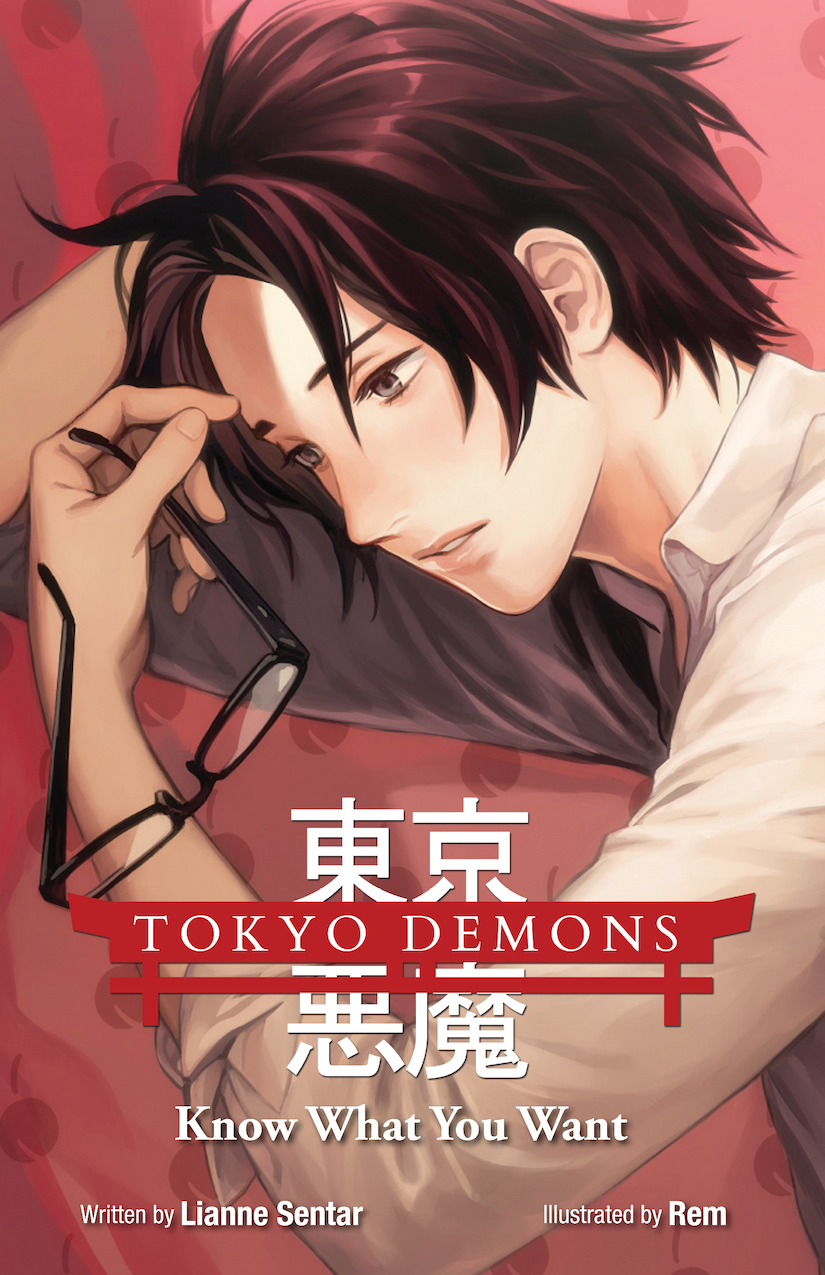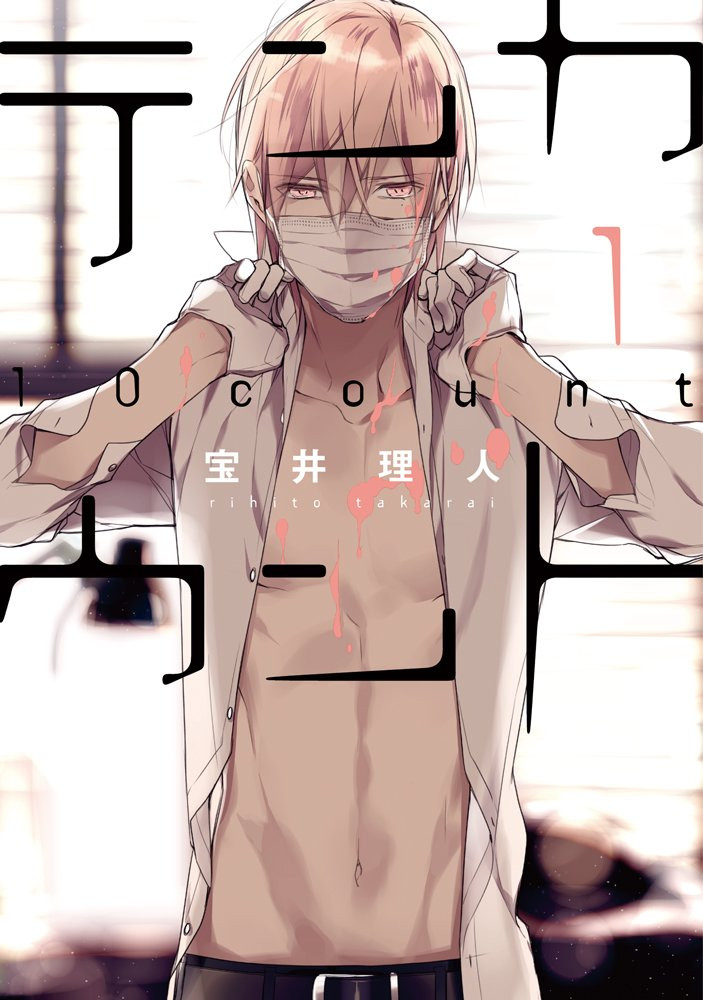My News and Reviews A new review was posted last week at Experiments in Manga! I've been meaning to get around to it since the book was first released back in February, but I've finally written up my …
Continue Reading about My Week in Manga: August 22-August 28, 2016 →




